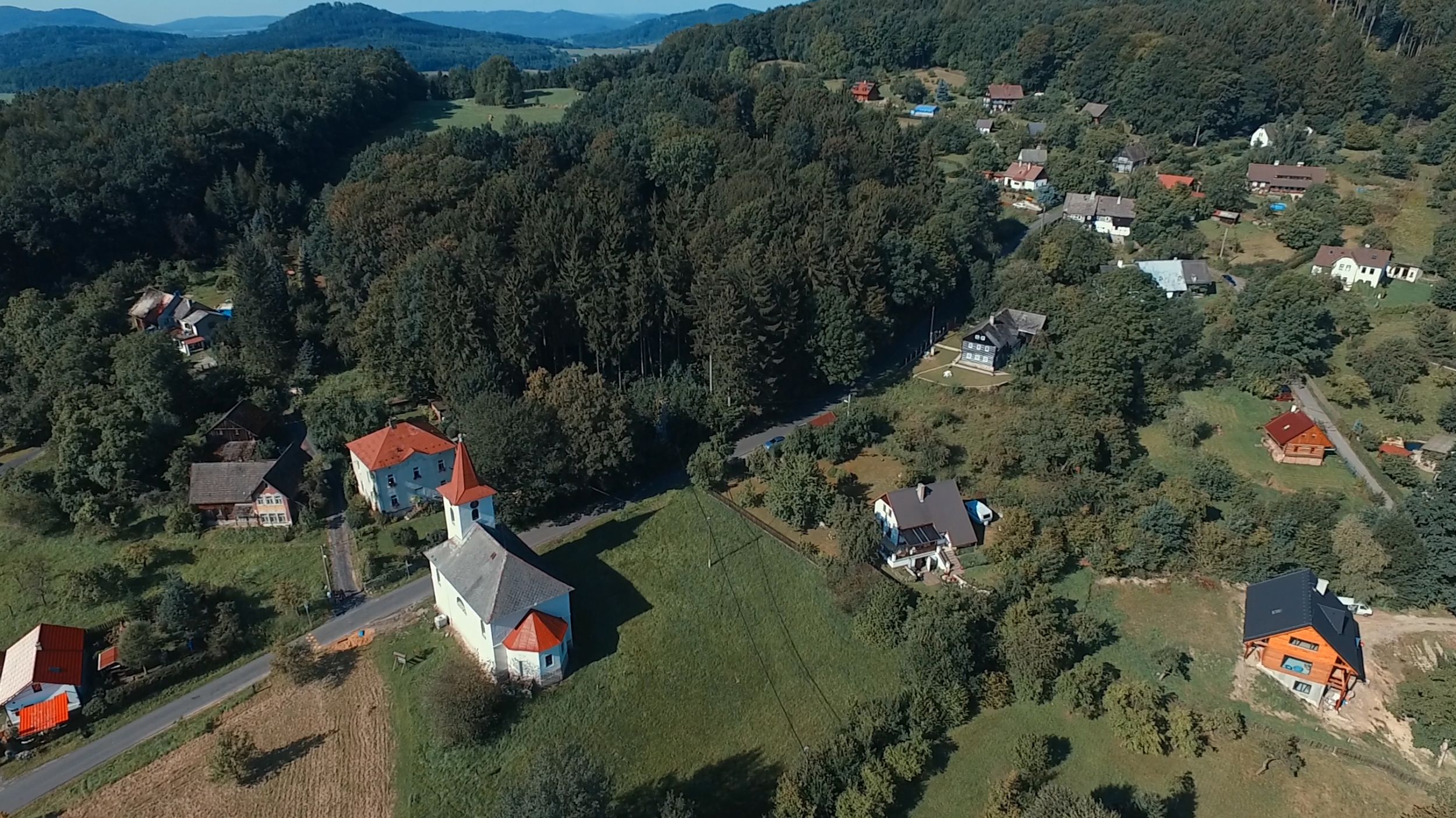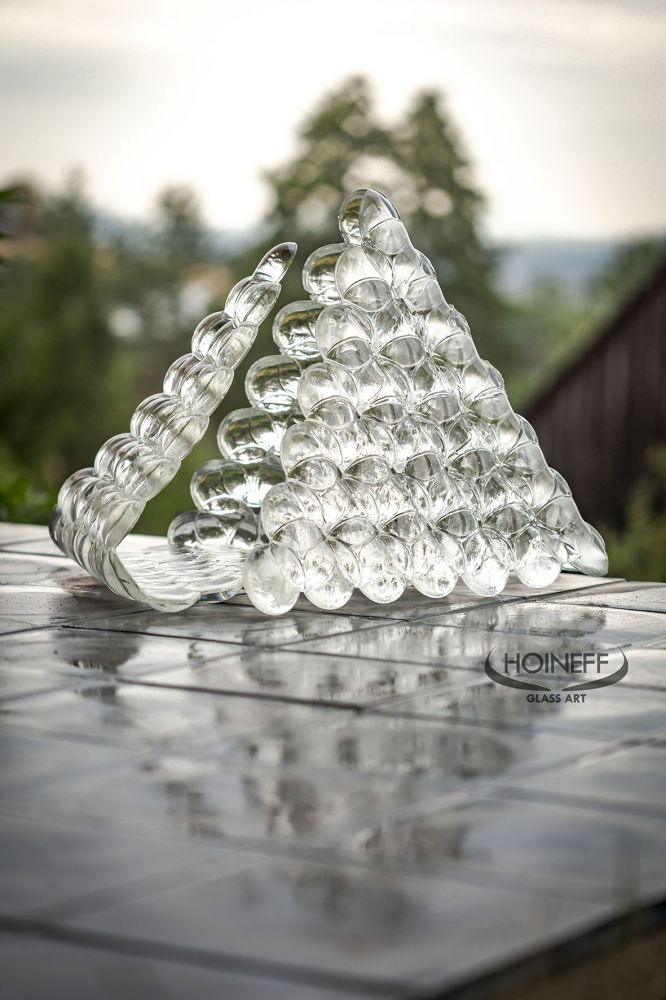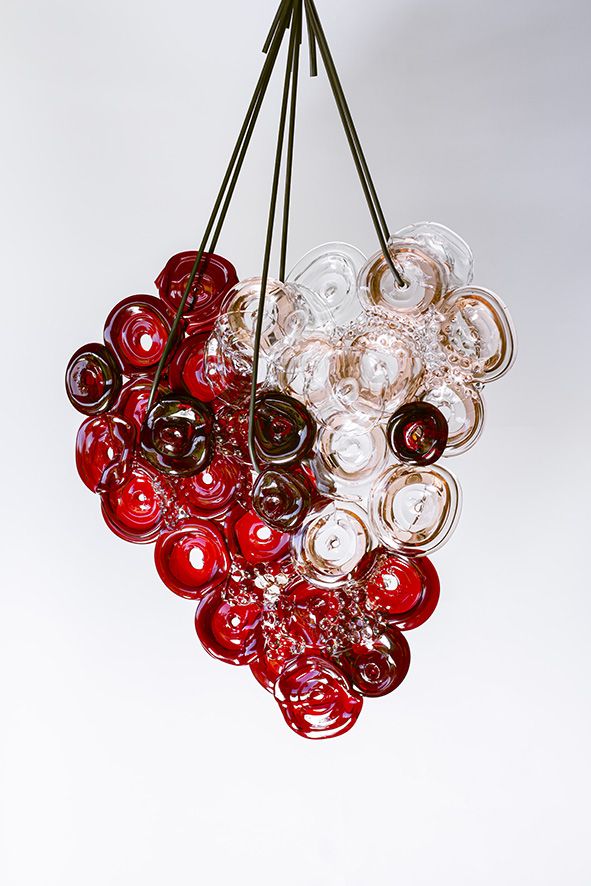The village of Slunečná, originally named Sonneberg, is today primarily a recreational area in the Nový Bor region, in the western part of the Liberec Region. The village lies on the border between the Lusatian Mountains and the Czech Central Mountains, 8 km from Česká Lípa.
The first records of the village of Slunečná are mentioned in documents from 1597. The village itself is not mentioned until 1606.
In 1847, there were almost 100 houses with descriptive numbers in Slunečná. It was a village of glassmakers working from home for the Palme glass factory in Kamenický Šenov. After 1960, many recreational facilities were built in the village. The village is striving to increase the number of permanently inhabited houses.
The development of the village was aided by substantial financial donations from local natives. In 1832, glass merchant Johann Georg Jirschik bequeathed 100,000 piastres in his will for the construction of the Church of the Assumption of the Virgin Mary, which was built between 1846 and 1850. Another local native and later a merchant in Prague, Wendelín Breitschneader, contributed to the interior decoration of the church, purchasing, among other things, the altar painting of the Assumption of the Virgin Mary. The church was consecrated on August 15, 1850, and for the first 30 years belonged to the parish in Horní Libchava. In 1880, a new parish house was built next to the church in the village, which was administered by the Order of Malta.


 See & Experience
See & Experience









